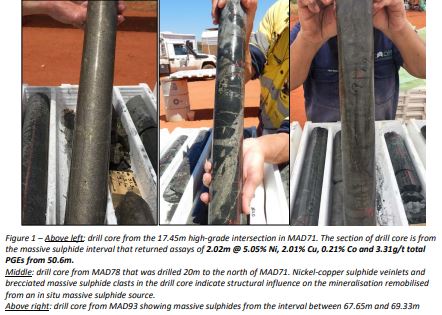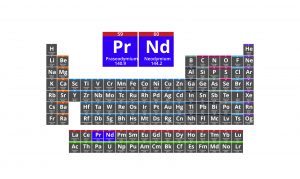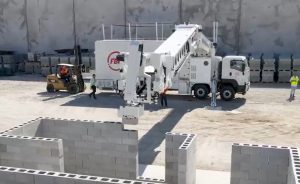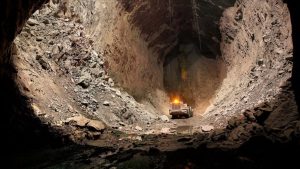Emerging WA nickel stock St George Mining (ASX: SGQ) has announced further intersections of nickel-copper sulphide mineralisation at its Mt Alexander project, located near Leonora. MAD93 was completed to a depth of 101.4m and targeted an off-hole downhole electromagnetic conductor identified from MAD78, which was completed late last year. The massive sulphide mineralisation intersected in MAD93 supports the interpretation of MAD78 and suggests potential for further mineralisation within the Stricklands ultramafic, both in situ and remobilised.
HIGHLIGHTS:
- 9.76m interval of nickel-copper sulphides intersected in MAD93 starting from 66.18m downhole and comprising the following continuous intervals:
- 66.18m to 67.65m: sulphide veinlets, irregularly distributed
- 67.65m to 69.33m: massive sulphides
- 69.33m to 75.94m: disseminated sulphides (~5% volume), few and irregularly distributed blebby and veinlet sulphides
- MAD93 was completed 25m to the north-northwest of MAD71 with mineralisation open to the north and west
Emerging West Australian nickel company St George Mining Limited (ASX: SGQ) (“St George” or “the Company”) is pleased to announce further intersections of nickel-copper sulphide mineralisation at the Mt Alexander Project, located near Leonora in the north-eastern Goldfields.
MAD93 was completed to a depth of 101.4m and targeted an off-hole downhole electromagnetic (DHEM) conductor identified from MAD78, which was completed late last year.
The conductor is to the west-southwest of MAD78, and modelling indicated that the conductor would be intersected by MAD93 at 70m downhole.
Sulphide mineralisation was intersected by MAD93 between 66.18m to 75.94m downhole, including massive sulphides from 67.65m to 69.33m, as predicted by modelling of the DHEM data by Newexco.
MAD78 was drilled 20m to the north of MAD71 and intersected nickel-copper sulphide veinlets and brecciated massive sulphide clasts; see photo in Figure 1.
This style of mineralisation is indicative of structural influence, which has remobilised mineralisation from an in situ massive sulphide source.
The massive sulphide mineralisation intersected in MAD93 supports the interpretation of MAD78 and suggests potential for further mineralisation within the Stricklands ultramafic, both in situ and remobilised.
John Prineas, St George Mining’s Executive Chairman, said:
“Drill hole MAD93 was completed approximately 25 metres to the north of MAD71, which intersected thick nickel-copper sulphides late last year.
“The intersection of nickel-copper sulphides in MAD93 indicates that the high-grade mineralisation is open to the north and to the west.
“Further drilling will be planned for this area where the large SAMSON EM anomaly at Stricklands remains mainly untested.




